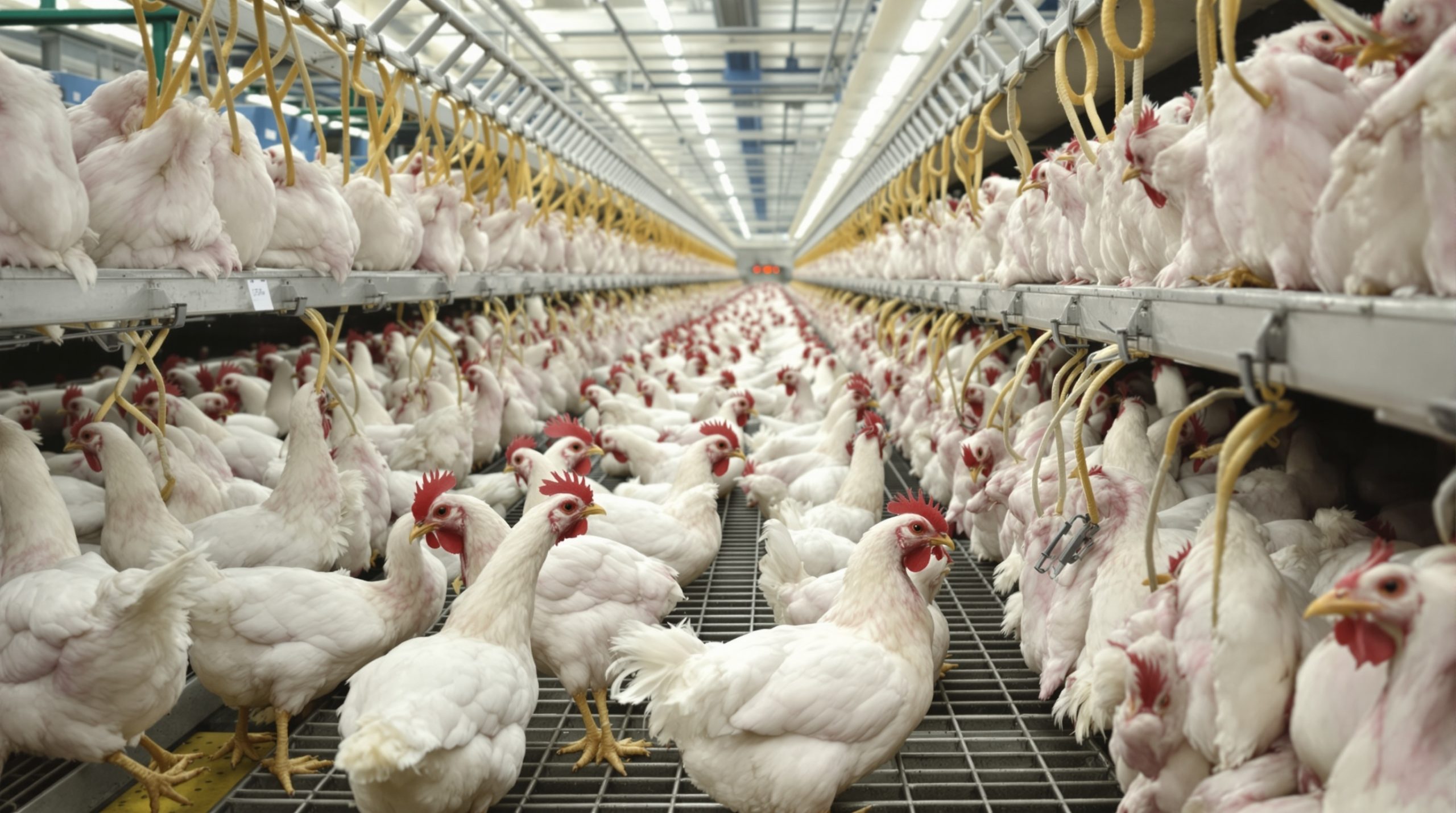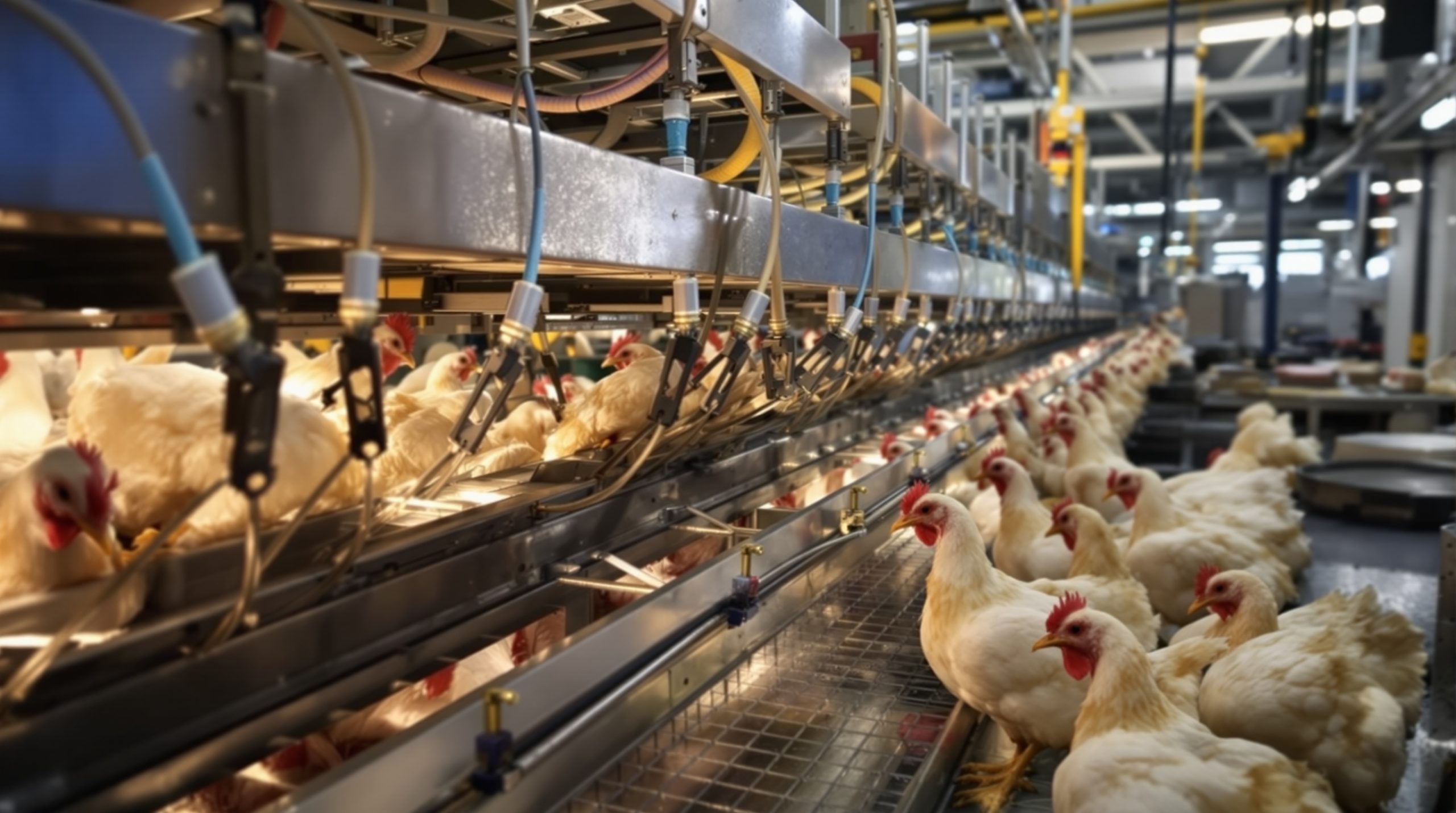The poultry industry is undergoing a significant transformation as it embraces the power of integrated supply chain management. From farm to fork, modern poultry production facilities are increasingly adopting comprehensive systems that connect every aspect of operations—breeding, feed production, processing, and distribution—into a seamless, data-driven network. This evolution isn’t merely a technological upgrade; it represents a fundamental shift in how the industry approaches efficiency, quality control, and sustainability. As global protein demand rises and consumers grow more conscientious about food origins, poultry producers who master integrated supply chain solutions gain crucial competitive advantages while meeting evolving market expectations.
Understanding Integrated Supply Chain Management in Poultry Production
Integrated supply chain management in poultry production refers to the coordinated oversight of all activities involved in bringing poultry products from initial breeding to consumer purchase. This holistic approach connects traditionally siloed operations into one synchronized system, enabling real-time monitoring, improved decision-making, and enhanced resource allocation throughout the entire production lifecycle.
Unlike traditional fragmented approaches, an integrated supply chain creates visibility across the entire poultry production process. This connectivity allows producers to respond swiftly to market changes, reduce waste, maintain consistent quality, and implement traceability systems that enhance food safety protocols and consumer confidence.
Key Components of an Integrated Poultry Supply Chain
- Breeding and genetics management: Tracking genetic lines, breeding performance, and bird development
- Feed production and nutrition management: Monitoring ingredient sourcing, formulation, and quality control
- Live bird production: Overseeing growing conditions, health monitoring, and flock management
- Processing operations: Coordinating slaughter, processing, and packaging activities
- Distribution and logistics: Managing transportation, warehousing, and delivery to retailers
- Retail and consumer interfaces: Tracking consumer preferences, marketing strategies, and sales performance
Driving Factors Behind Increased Adoption of Integrated Systems
The poultry industry’s shift toward integrated supply chain management is being accelerated by several powerful market forces and technological developments. Understanding these drivers helps explain why adoption rates continue to climb across global poultry operations.
Consumer Demand for Transparency
Today’s consumers increasingly demand to know the origin, production methods, and journey of their food. Integrated supply chains provide the comprehensive traceability needed to satisfy this demand. By implementing end-to-end tracking systems, poultry producers can verify and communicate information about bird welfare, antibiotic use, feed composition, and processing conditions—all critical factors for today’s informed consumers.
Regulatory Compliance Requirements
Food safety regulations continue to become more stringent globally, requiring poultry producers to maintain detailed records and implement robust traceability systems. Integrated supply chain management provides the infrastructure needed to document each step in the production process, simplifying compliance with complex regulatory frameworks like the Food Safety Modernization Act (FSMA) in the United States or similar requirements in other markets.
Efficiency and Cost Optimization
In an industry with typically thin margins, efficiency improvements translate directly to competitive advantage. Integrated supply chain systems provide real-time data analysis that identifies inefficiencies, reduces waste, and optimizes resource allocation. By connecting previously isolated operations, producers can coordinate activities to minimize downtime, reduce inventory costs, and maximize throughput—driving significant cost savings across operations.
Technological Advancements
The practical implementation of integrated supply chains has been made possible by remarkable technological developments. Cloud computing, Internet of Things (IoT) sensors, artificial intelligence, and blockchain technology have collectively created the infrastructure needed to collect, analyze, and share data throughout complex poultry supply chains. These technologies have become more affordable and accessible, lowering the barriers to adoption even for medium-sized operations.
Benefits of Integrated Supply Chain Management for Poultry Producers
The adoption of integrated supply chain management delivers numerous tangible benefits that improve both operational performance and market position for poultry producers.
Enhanced Biosecurity and Disease Control
Disease outbreaks represent one of the most significant threats to poultry production. Integrated supply chains provide real-time health monitoring that can detect potential issues before they spread. With comprehensive data tracking across facilities, producers can identify the source of contamination quickly, implement targeted interventions, and prevent widespread outbreaks. This capability is especially valuable in preventing catastrophic losses from diseases like avian influenza.
Improved Quality Control
Consistent product quality is essential for maintaining customer relationships and commanding premium prices. Integrated systems allow for detailed monitoring of factors affecting quality—from genetic selection to feed composition to processing conditions. By tracking quality metrics throughout the supply chain, producers can identify variables affecting quality outcomes and make precise adjustments to maintain standards consistently.
Reduced Environmental Impact
Sustainability has become a business imperative, and integrated supply chain management delivers significant environmental benefits. By optimizing feed formulation, reducing waste, improving energy efficiency, and minimizing transportation impacts, poultry producers can significantly reduce their ecological footprint. These improvements not only appeal to environmentally conscious consumers but often reduce costs through resource conservation.
Better Market Responsiveness
Consumer preferences change rapidly, and integrated supply chains provide the agility needed to respond to these shifts. By analyzing market data alongside production capabilities, producers can quickly adjust product specifications, volumes, and marketing approaches to capitalize on emerging opportunities. This responsiveness allows companies to capture premium market segments and adapt to seasonal variations more effectively.
Implementation Challenges and Solutions
Despite its benefits, implementing an integrated supply chain management system presents significant challenges for poultry producers. Understanding these obstacles and their potential solutions is essential for successful adoption.
Initial Investment Requirements
The upfront costs of implementing comprehensive supply chain management systems can be substantial, including expenses for hardware, software, training, and organizational restructuring. For smaller producers with limited capital, these costs may appear prohibitive.
However, solutions have emerged to address this challenge. Cloud-based platforms with subscription models reduce initial investment requirements, while industry consortiums and cooperative approaches allow smaller producers to share implementation costs. Additionally, many technology providers now offer scalable solutions specifically designed for different operation sizes.
Technical Infrastructure and Connectivity
Many poultry facilities operate in rural locations where reliable internet connectivity—essential for real-time data exchange—may be limited. Physical environments in production facilities, with metal structures and wet processing areas, can further complicate network implementation.
To overcome these challenges, producers are implementing hybrid systems that can operate with intermittent connectivity, using local data processing and scheduled synchronization. Advances in rural broadband, satellite internet, and mesh network technologies are also improving connectivity options for remote facilities.
Workforce Adaptation and Training
The transition to integrated supply chain management requires significant changes in how employees work. Staff members familiar with traditional methods may resist new technologies or struggle to adapt to data-driven decision-making processes.
Successful implementations address this challenge through comprehensive training programs, phased implementation approaches, and clear communication about how these systems benefit both the company and individual employees. Creating internal champions who understand both the technology and the practical aspects of poultry production helps bridge knowledge gaps and build acceptance.
Future Trends in Poultry Supply Chain Integration
The evolution of integrated supply chain management in poultry production continues to accelerate, with several emerging trends poised to shape the industry’s future.
Artificial Intelligence and Predictive Analytics
While current systems excel at monitoring and reporting, the next generation of integrated supply chains will increasingly incorporate predictive analytics and artificial intelligence. These technologies will analyze historical patterns to forecast potential issues before they occur—predicting disease outbreaks, equipment failures, or market shifts with increasing accuracy. This capability will shift management from reactive to proactive, allowing producers to address challenges before they impact production.
Blockchain for Enhanced Traceability
Blockchain technology is gaining traction in poultry supply chains for its ability to create tamper-proof records of each production step. By implementing blockchain-based traceability, producers can provide indisputable verification of production practices, support premium product claims, and enable near-instantaneous tracing during safety recalls. This technology builds consumer trust while protecting brand reputation in an increasingly competitive marketplace.
Autonomous Systems and Robotics
The integration of autonomous systems and robotics represents the next frontier in poultry production efficiency. From automated feeding systems to robotic processing lines, these technologies reduce labor dependencies while improving consistency. When connected to integrated supply chain management systems, these autonomous components can self-adjust based on upstream or downstream conditions, creating truly adaptive production environments.
Conclusion
The increasing adoption of integrated supply chain management in poultry production represents more than a technological trend—it’s becoming a competitive necessity in a challenging global market. As consumer expectations rise, regulatory requirements intensify, and margins remain under pressure, comprehensive supply chain integration provides the visibility, efficiency, and responsiveness needed to thrive. While implementation challenges exist, the combination of technological advancements and evolving implementation approaches is making these systems accessible to producers of varying scales. For poultry industry stakeholders, the question is no longer whether to adopt integrated supply chain management, but how quickly and completely to implement these transformative systems.


